
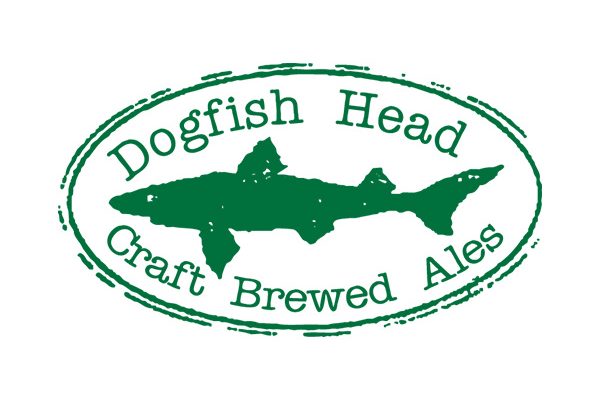
Dogfish Head Indian Brown Ale Clone
Mash at 152°F (67°C) for 60 minutes. Mash out at 168°F (76°C) for 10 minutes. Conduct a 90 minute boil. Ferment at 70°F (21°C), and then condition in secondary at 60°F (16°C) for at least one week.
Peruse pairings, learn how to make beer, cider, mead, kombucha, and other alternative fermentations, get DIY tutorials, and much more in our archives.


Mash at 152°F (67°C) for 60 minutes. Mash out at 168°F (76°C) for 10 minutes. Conduct a 90 minute boil. Ferment at 70°F (21°C), and then condition in secondary at 60°F (16°C) for at least one week.

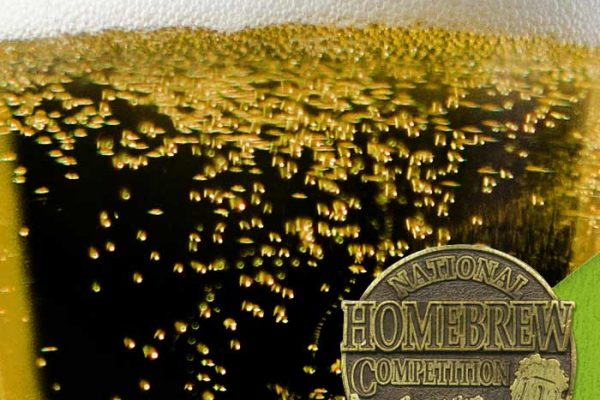
Single infusion mash at 152° F (67° C) for 90 minutes. Primary Fermentation: 15 days at 54°F (12°C). Secondary Fermentation: 14 days at 34°F (1°C).


Mash at 146°F (63°F) for 40 minutes. Thick decoction (about half mash liquid and half grain) was used to bring mash temp up from 146°F to 156°F (69°C) then held for 30 minutes; second decoction brought mash temp up from…

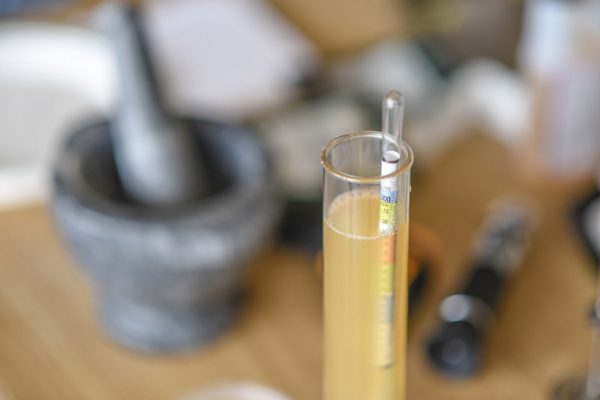
Mash at 158°F (70°C) and hold for 90 minutes. Mash out at 168°F (76°C) for 15 minutes. Ferment at 50°F (10°C) until it reaches 50% attenuation then raise the temperature 4°F per day until you reach 65°F (18°C), then let…

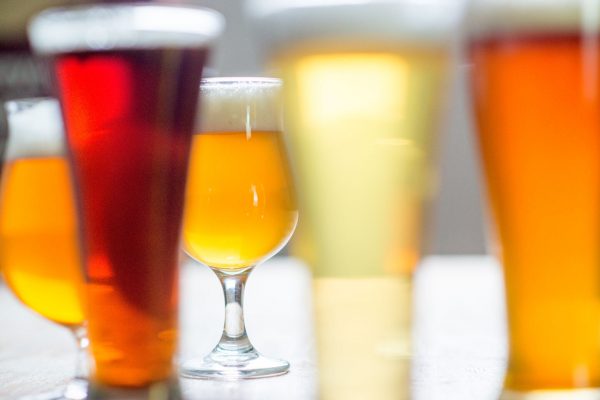
Mash in with a protein rest at 126°F (52°C) for 20 minutes. Raise to 144°F (62°C) and hold for 20 minutes. Raise to 158°F (70°C) and hold for 30 minutes. Sparge at 169°F (76°C). Primary Fermentation: 14 days at…

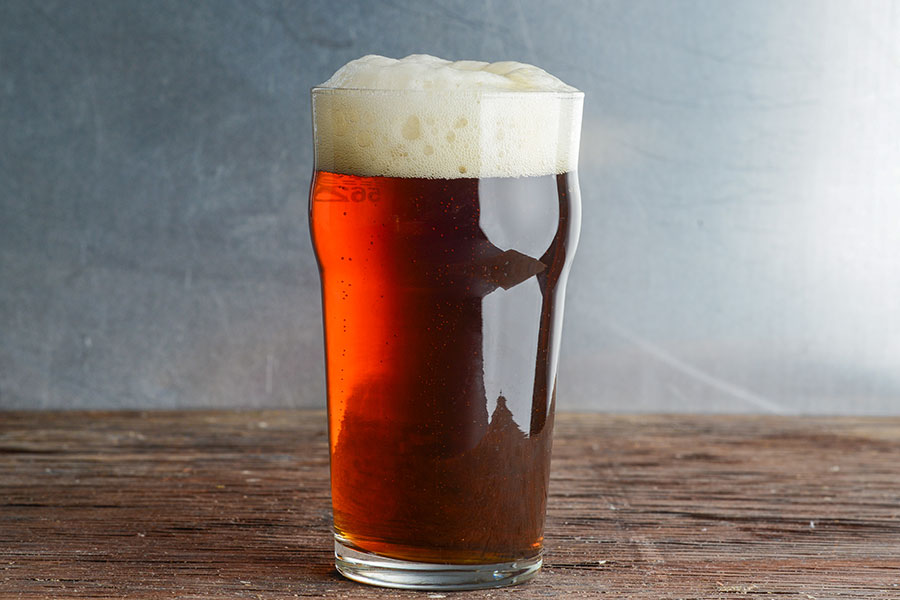


Mash out at 154°F (68°C) for 60 minutes. Force carbonate to 2.4 vol. (4.8 g/L) CO2. Primary Fermentation: 30 days at 50°F (10°C). Secondary Fermentation: 90 days at 36°F (2°C).

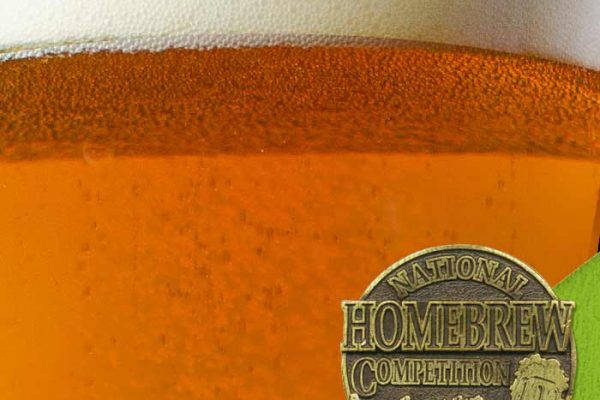
Mash in at 122°F (50°C) and hold for 30 minutes. Raise to 140°F (60°C) and hold for 15 minutes. Raise to 152°F (67°C) and hold for 45 minutes. Water: Mash water: 0.75 tbsp. baking soda. Sparge water: 0.75…


Mash at 154°F (68°C ) for 60 minutes. Wyeast 1728 smack pack smacked 2 hours prior to pitching. No starter. Pitched yeast at 60°F (16°C) and let rise to 62°F (17°C) to ferment. Only primary, no secondary. Water: Aim…


Mash in at 150°F (66°C) for 60 minutes. Raise mash to 164°F (73°C) to mash out for 10 minutes. Force carbonate to 2.4 vol. (4.8 g/L) CO2. Water: 50 reverse osmosis water, 50% carbon filtered tap water, 21 g…
Share Post